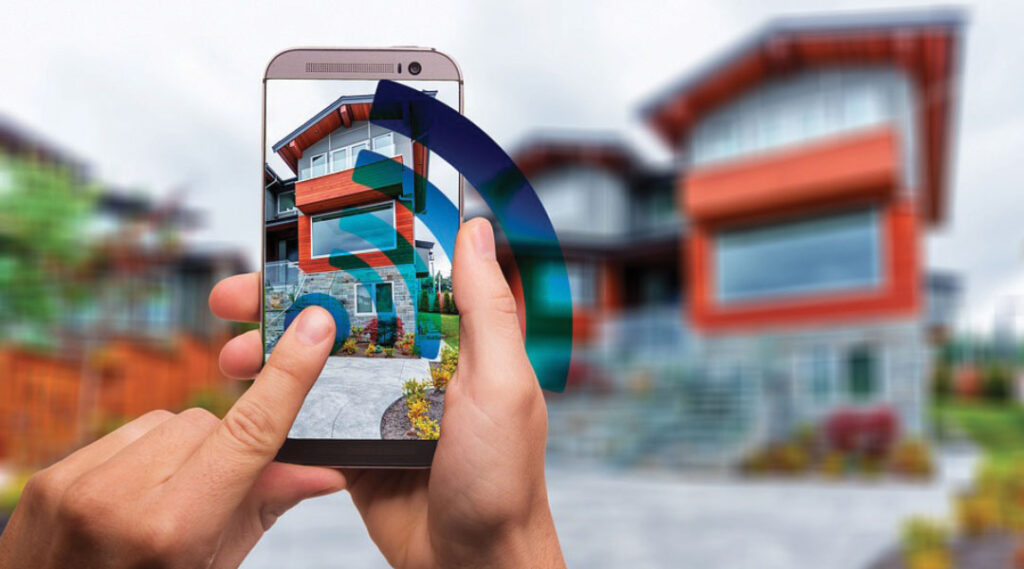What is Internet of Things? How does IoT function?

We are entering the phase of rapid technological evolution. In last few decades technology grew at a rapid pace in India. Digitalization made internet, an inseparable part of our life. Today, almost everything is connected to the internet and this is where the concept of Internet of Things (IoT) emerges. Internet of Things is a wide concept which elaborates an idea of connecting physical devices to the internet or to other devices.
Imagine, before you wake up in the morning, your coffee maker keeps your favorite coffee ready. Or your refrigerator places an order when you are running out of milk bags without you having to remember and go for grocery shopping. Or you are walking to the office door and the facial recognition software opens the door for you! This everyday technology is nothing but IoT and this list may just go on.
But what exactly IoT is?
IoT has slowly begun to emerge in India. IoT is a concept of connecting any device to the internet or to any other device. In simple words, any machine whose function can be controlled using internet falls under the category of Internet of Things. So may it be a refrigerator or a coffee maker, a smart watch or a door lock, if it can be controlled using internet it is simply considered as Internet of Things. In fact today, devices are invented and created in such a way that they can connect to the internet and can make lives seamless.
The number of IoT devices in India is expected to increase significantly from roughly 200 million units in 2016 to 2.7 billion units by 2020, according to NASSCOM report.
How does Internet of Things work?
Have you ever wondered how your coffee machine would be making your coffee without you having to get involved?
Functioning of IoT is further interesting part.
Initially it was man to machine communication. But IoT has taken connectivity to altogether at a new level by positioning machine to machine communication. The basic functioning of IoT devices is they acquire IP address of another device and then broadcast themselves so that they can recognize each other and can communicate. Let us understand it in more elaborative manner.
There are certain components of IoT system which explain the process of how IoT functions:
1. Sensors:
At the very first stage, devices or sensors in devices collect information from surrounding environment. These sensors collect density of data like temperature monitoring or capturing digital form of motion. Here, multiple sensors can also be bundled together as a piece of one single device. For example, a smart phone! Smart phone is a bunch of multiple sensors like light sensor which detects the level of luminosity according to which display brightness is automatically adjusted or magnetometer sensor which detects the magnetic field and user’s location. May it be a one single sensor or a composite device, the basic step involved with them is to collect data.
2. Connectivity:
Next step after collecting data is to transmit this data to the cloud. Transmission of data from sensors to cloud needs various mediums of transmission. Sensors are connected to the cloud through different means of transport such as Wi-Fi, Bluetooth, Satellite etc. Even though all these mediums perform the same function of data transmission, choosing the best network for your IoT device is most important.
3. Processing of Data:
Once data is transmitted to the cloud, software performs its processing function. Data is processed and closely analyzed. For example, in case of temperature monitoring, software analyzes the data sent to the cloud and determines the level of temperature. If it falls below or exceeds the standard temperature level then the next step is taken.
4. User Interface:
Here enters the end user! Processed data is then made reachable to the end user. It can be sent to the user via SMS or alert notification. For example, as per the temperature monitoring sensor, end user gets weather notification in case of fall or increase in temperature level.
As per the IoT application, user can make relevant changes. For example, if refrigerator is connected to the internet, user can adjust the temperature of refrigerator’s cold storage unit directly through phone.
However in many cases, as per predefined system settings, machine itself adjusts the settings and controls the temperature by itself.
Every IoT system is an integration of above functioning components. Seldom, any specific IoT device may include these components in different manners but again it is based on the nature and specification of the device.
